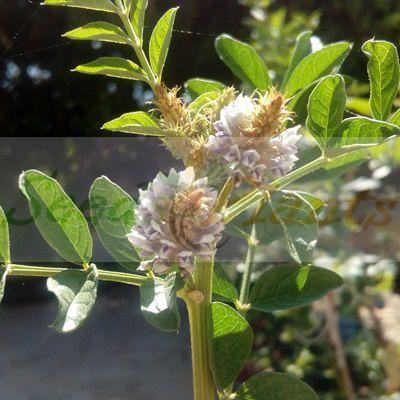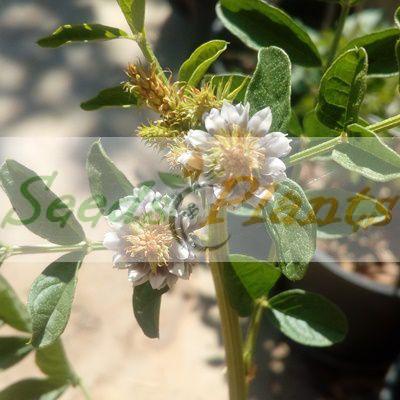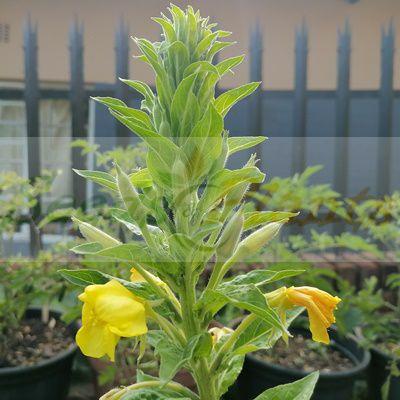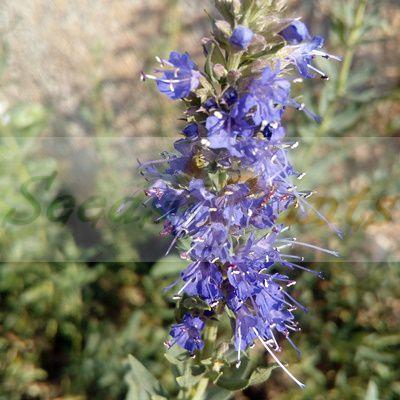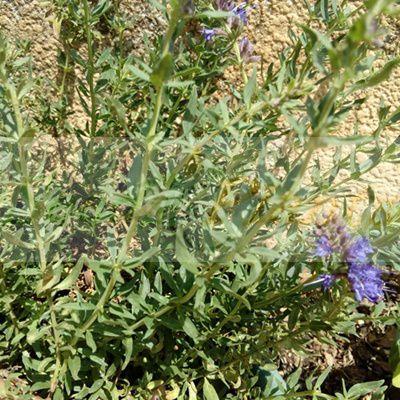Fenugreek – 100 Seeds
(Trigonella foenum-graecum)
R30.00
Fenugreek is cultivated worldwide as a semiarid crop and is used as both a culinary and medicinal herb.
Common Names: Methi.
Indoor Sowing: Not Recommended.
Direct Sowing: Spring and Summer.
In stock
🍃 Culinary Quick Facts
Culinary Info
Growth Traits
- 🌱 Life Cycle: Annual
Growing Requirements
Fenugreek Seeds. Fenugreek (Trigonella foenum-graecum) is an annual plant. Fenugreek is cultivated worldwide as a semiarid crop and is used as both a culinary and medicinal herb. It goes by many names around the world. It is known as methi in Hindi, hulba in Arabic, moshoseitaro in Greek, uluva in Malayalam, shoot in Hebrew, and dari in Persian.
Culinary Uses
Fenugreek has traditionally been used in the preparation of pickles, chutneys and curry powders in its native India. While the seeds are the most known and commonly used part of the plant, fresh leaves can make a flavor addition to salads or other raw dishes or dried and used with meat or poultry.
Health Benefits
Medicinally, fenugreek has been used to treat skin conditions and many other diseases. It is beneficial for people with diabetes. It is beneficial for male & female reproductive health and has a reputation to help increase breastmilk production. It also promotes heart health, helps with obesity, and diabetes.
Growing Fenugreek
Indoor Sowing: Not Recommended.
Direct Sowing: Spring and Summer.
- The plant does not transplant well, so direct sowing is advisable.
- Choose a spot that receives at least 4 hours of sun, with some afternoon shade.
- Sow seeds about 5 cm apart on well draining soil and cover with a layer of soil.
- Keep soil consistently moist until germination.
- Water moderately once seeds start to germinate.
Disclaimer
Medicinal Information:
All medicinal information on this website is for educational and informational purposes only and may not be construed as medical advice. The information is not intended to replace medical advice or treatment offered by healthcare professionals.
Seeds, Plants, Plant Cuttings, Geophytes and Dried Herbs:
In some countries and provinces, certain plants are deemed as invasive and are not allowed to be planted at all, whilst some plants are allowed to be grown only in certain areas or provinces. The onus is on you as the buyer to familiarize yourself with the regulations pertaining to your location, before purchasing any of our seeds, plants, plant cuttings, geophytes or dried herbs. We will not be held liable, should you purchase any seeds, plants, plant cuttings, geophytes or dried herbs. from us which are prohibited in your country or province.
| Life Cycle | Annual |
|---|







